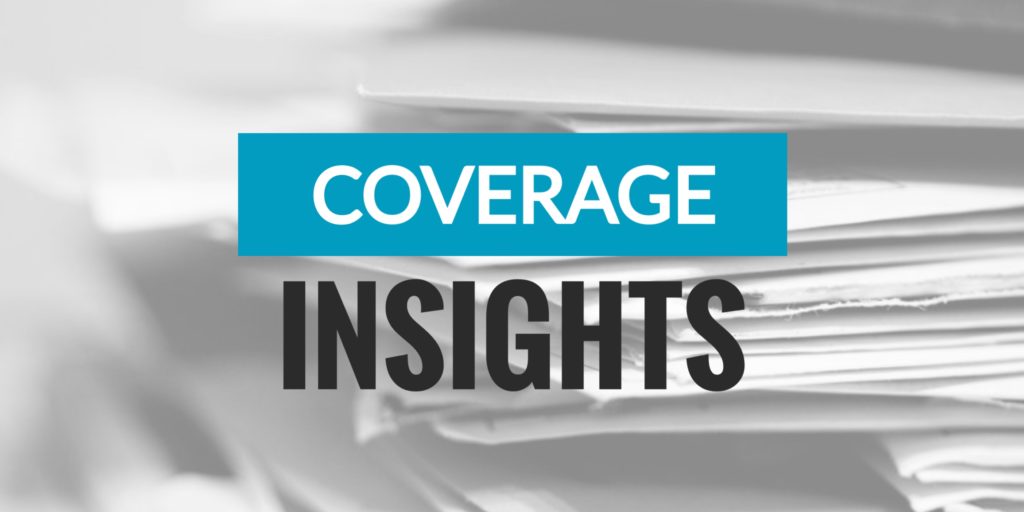 In today’s business climate of corporate transparency and accountability, an organization’s officers and directors face a myriad of employment-related exposures.
In today’s business climate of corporate transparency and accountability, an organization’s officers and directors face a myriad of employment-related exposures.
Sarbanes-Oxley regulatory mandates and shareholder activism mean directors are more frequently at risk, translating to rising claims and escalating settlement costs.
In the wake of unprecedented corporate scandals in recent years, clearly the trend of corporate accountability applies to large corporations. But privately held companies, including nonprofits, are not exempt from litigation arising out of the management decisions of their boards. They, too, are at risk.
Regardless of your company’s size, the legal cost to defend a director is substantial, as are the potential personal penalties. Due to the personal liability risk— which is not covered under a personal insurance policy— protecting boardroom talent can be a challenge. To help ensure both your officers’ and company’s well-being, a directors’ and officers’ liability insurance (D&O) policy is part of a comprehensive risk financing strategy.
D&O Fills the Coverage Gap
Unlike a commercial general liability policy that provides coverage for claims arising from property damage and bodily injury, a D&O policy specifically provides coverage for a “wrongful act,” such as an actual or alleged error, omission, misleading statement, neglect or breach of duty.
For example, a manufacturer told one of its suppliers to increase inventory because they were expecting a large increase in production. As predicted, demand for the manufacturer’s product grew, but the manufacturer increased its inventory with another vendor. The original supplier successfully sued the manufacturer, alleging they suffered damages as a result of having relied on the manufacturer’s promise.
A D&O policy provides defense costs and indemnity coverage to the entity listed on the policy declarations, which may include the following:
- Coverage for individual directors and officers
- Reimbursement to the organization for a contractual obligation to indemnify directors and officers that serve on the board
- Protection for the organization or entity itself
Indemnification provisions are typically included in the charter or bylaws of a corporation. While an important risk component, small to midsize privately held companies or nonprofit organizations often do not have the financial resources to fund the indemnity provisions, making the bylaws hollow. A D&O policy can provide an extra blanket of security in the event of a covered loss.
 Coverage
Coverage
A “fraud” exclusion is typically included in a D&O policy, ch eliminates coverage for losses due to dishonest or fraudulent acts or omission, or willful violations of any statute, rule or law.
D&O coverage can be tailored to your needs, but be aware that D&O carriers are not consistent with their policy forms. This fact, plus the complexity of D&O claims, requires the carrier to have market commitment and deep expertise, as well as the financial resources to handle potential claims.
There are also additional forms of coverage to protect directors and officers, including the following:
- Entity coverage
- Payment priority for insured persons
- Severability of the insured as well as severability of the application
- Coverage over time, meaning coverage responds to past, present and future directors and officers
- Pay on behalf clause
- Duty to defend clause
In addition, some D&O polices can be endorsed to provide employment practices liability (EPL) coverage and/or fiduciary liability.
- While EPL endorsements under a D&O policy broaden coverage, they often do not provide a duty to defend clause and are subject to a substantial deductible. Many EPL endorsements do not provide for a separate limit of liability in addition to the limit available under the D&O policy. If the D&O limit is reduced or exhausted by payment of an employment practices claim involving the wrongful conduct of an employee, a director’s or officer’s personal assets may be at risk.
- Fiduciary liability provides coverage for liabilities arising out of ERISA, where fiduciaries are personally liable for losses to a benefit plan incurred because of alleged errors, omissions, or breach of their fiduciary duties.
Who can bring a D&O lawsuit? According to St. Paul Travelers, statistics show that shareholders and employees are the most likely groups to sue private companies. Other parties may include corporations against themselves, and a variety of third parties, such as competitors, creditors and regulatory bodies.
Considerations for Nonprofits
According to the Nonprofit Risk Management Center, nonprofit organizations often report some difficulty in affording the cost of D&O insurance. To minimize the annual premium, they recommend choosing only those policy provisions considered most critical. For example, a volunteer-run nonprofit without paid staff may skip employment practices coverage until it hires staff. If affording a lump sum premium is a concern, inquire about the availability of premium financing. To defray the cost of premiums, some nonprofit organizations consider charging board members a portion of the policy cost.
We’re Here to Help
Whether you’re a nonprofit, privately held or a public company, it is likely that your business can benefit from a D&O policy. Since there is no such thing as a “standard” policy, a professional agent is invaluable when purchasing D&O coverage. We understand your organization and can knowledgeably help design policy language to meet your needs. Call us today to learn more about the appropriate protection for your company against potential directors’ and officers’ liability.
This Coverage Insights is not intended to be exhaustive nor should any discussion or opinions be construed as legal advice. Readers should contact legal counsel or an insurance professional for appropriate advice. © 2011 Zywave, Inc. All rights reserved.

